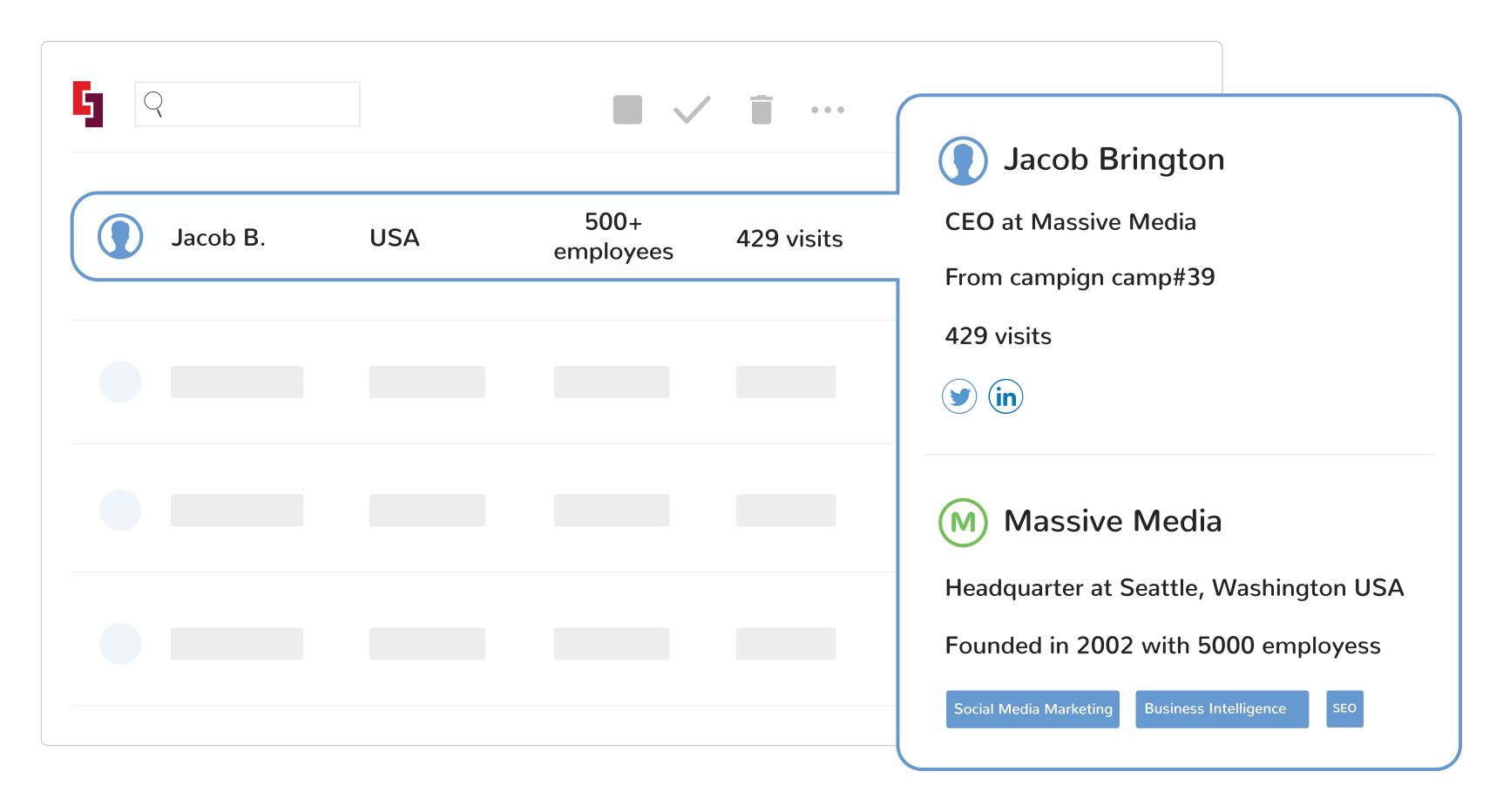[Marketing Handbook] Automate the SAAS Buying Process in a Freemium Model and Push The Right Customers for Upgrades
The SAAS industry has rapidly moved to the freemium model. Even if there isn’t a Lite/Free Plan, there is always a free trial of some sort. We know that the freemium strategy usually means a pricing model that has a permanent free plan but for this article, we will consider those that have free trials and low priced basic plans along with permanently free lite plans. All these have the same goal: increase the user base and also work as appetite boosters for the main plans.

The biggest challenge of the freemium model is resource management. For companies with moderately high volumes, sales can be challenging as sales can’t manually talk to every free user and talk them into upgrading. That would massively tax resources and will be inefficient. Also, for software customers, there is no use case that fits all. Different customers have different use cases and want to use different features. Leads need to be empowered with the correct content related to their use case for them to get the most value of your software.
Let us take a customer profile first. A B2B SAAS company that has a free lite tier and paid plans ranging from $300 to $2000 a month. This company has a team of 30 salespeople and deals with over 3000 leads a month. Now, different companies have different strategies. Some have sales do most of the work while others follow a product-led sales strategy. For them, sales works mostly on guidance and provides the nudge that makes free-tier users upgrade. The goal now is to have salespeople identify free tier users who are actually fit for an upgrade and know when exactly are they ready for the upgrade. This approach is different from a typical car salesman approach and actually generates value for customers. There is nothing wrong with a used car salesman approach but we feel that for SAAS, this makes more sense and helps sales be more productive. And, a car salesman also vets their prospects before pitching.
There are essentially two challenges:
-Nurture leads with content relevant to their use case and properly onboard them.
-Identify free users who will benefit from an upgrade (and have the budget) and push them to sales.
Solving the problem through automation
The way to solve this problem is through customer data and behavior tracking. To explain simply, customer data is needed to match leads with your ICP and find out how much budget they have. It is also needed to group free users into profile-based categories. Your software may serve different types of profiles (eg: developers, marketers, salespeople, customer success) and also have different use cases for different business types. In that case, customers need to be segmented and nurtured separately. Customers also onboard in different ways. How a small business onboards vastly differs from how an enterprise onboards for most companies.
STEP 1: Getting the data
The customer installs Salespanel and starts tracking all of their sign-ups. The contacts that are captured are automatically enriched with business data like job role, company size, industry, etc. and their activities on the product are tracked. The best part, all of this is done while adhering to data regulations.

STEP 2: Segmenting users and setting up targeted onboarding and nurturing
The customer now sets up segmentation systems where users are segmented based on their profile. These leads are then moved through targeted nurturing and onboarding campaigns. A retargeting based nurturing system is also set up where users are nurtured on Facebook with targeted messages.
This significantly reduces the load for the customer service department as they now let low ticket leads go through self-service while high-tickets with complicated requirements are assisted more.
STEP 3: Product qualifying leads to identify prospects for an upgrade
Several in-product actions help you in identifying prospects that will benefit from an upgrade. Some key pointers are account usage, crossing free credit limits, adding team members, frequency of visit, time spent, etc. Use the behavior information tracked by Salespanel and event tracking to product qualify the free users.

STEP 4: Automatically add upgrade ready leads to sales pipeline
With real-time tracking, upgrade ready leads are instantly transferred to the sales pipeline whenever they show intent. Sales is also notified through the desired communication channel like Slack, email, or through push notifications. This helps them start conversations while users are still active. We all know how effective timely communication can be. The conversation that takes minutes on real-time chat can take a few days through email when users are not active.
Sales can then book a call and complete the upgrade deal.
This simple process helps address a key challenge of the freemium model and route resources to the right users. It also helps increase sales and support productive and convert more trial/free users to paid customers. If you want to implement the same blueprint with Salespanel, please contact us and we will get you started.
Sell more, understand your customers’ journey for free!
Sales and Marketing teams spend millions of dollars to bring visitors to your website. But do you track your customer’s journey? Do you know who buys and why?
Around 8% of your website traffic will sign up on your lead forms. What happens to the other 92% of your traffic? Can you identify your visiting accounts? Can you engage and retarget your qualified visitors even if they are not identified?
- [Marketing Handbook] Campaign Monitoring and B2B Advertising
- [Marketing Handbook] Unfair ROI Advantage for Proactive Marketers with Visitor Intelligence
- [Marketing Handbook] Automate the SAAS Buying Process in a Freemium Model and Push The Right Customers for Upgrades
- Avoid Getting Locked Into Any Product’s Ecosystem And Create the Best Customer Acquisition System With Pluggable Economics


